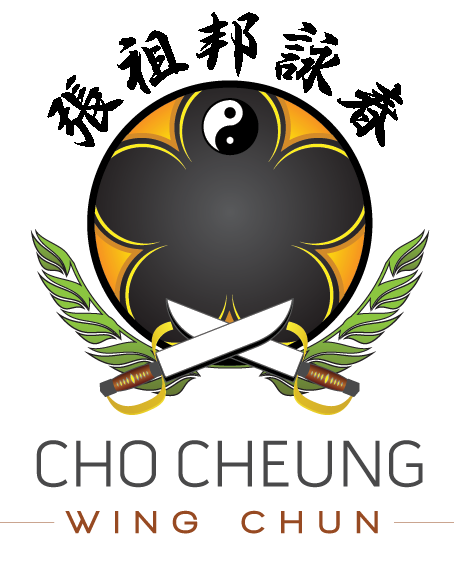What is Wing Chun
Wing Chun Kung Fu is a Chinese form of martial arts that was designed for self-defense and is better suited for use on the street, a place where no rules exist than in competition. It is also the only style of Kung-Fu ever created and also made famous by a woman. Ng Mui, the Shaolin nun who developed the system, realized that most of the techniques in Shaolin kung fu were useless for a small woman to use against a larger, stronger man. She also realized that a woman could not match a man's stamina in a long fight. With this in mind, she developed a system of fighting that requires neither great strength, nor great athletic ability. She developed this new combat system that relied on her own natural body structure to develop power, and speed so that a smaller, weaker person such as herself could overcome a larger, stronger person within a few seconds.
Wing Chun immediately became famous in Southern China, and its name quickly spread throughout Asia. Almost three hundred years later, as Asian martial arts began to spread to the West, the system became well-known. Its popularity continues to grow as an increasing numbers of students are drawn by its simplicity and effectiveness.
How is Wing Chun Different
Wing Chun can be described in two words: simple and economical. The foundation of Wing Chun lies in understanding of the 10 theories/concepts which are:
1. Economy of Motion
2. Loi Lau, Hoi Sung, Lat Sao, Jik Chung
3. Lin Sil Die Dar (Simultaneous Attack and Defense)
4. Straight Line Concept
5. Chil Ying (Face to Face Concept)
6. Immoveable Elbow Theory
7. Centerline Theory
8. Four Corner Concept
9. Bridge Hand Concept
10. Trapping Hand Concept
The movements are fast and extremely efficient, utilizing subtle shifts, and body structure to develop power and speed. Kicks are usually low, swift, and can be used simultaneous with the hand techniques. Instead of blocking a strike by knocking it out of the way with muscular strength, attacks are redirected, using the least amount of motion and strength. Rather than pulling back or "winding up" to develop the driving power seen in many other systems, the attacks are quick, power is generated over an extremely short distance, (Wing Chun's famous "one-inch punch" is a testament of this principle), and a strike can be thrown from any position. This method both increases the speed and eliminates the need to telegraph the strike. So by the time it takes for someone to throw one or two punches, a Wing Chun student can throw at least nine or more. Alternatively, while other systems block first and then attack, a Wing Chun student will train themselves to block and attack simultaneously. Contact is maintained with the opponent at all times, as the Wing Chun student is trained to be very comfortable in close range fighting.
Due to the simplicity of Wing Chun, it can be used effectively by beginning students. At its most advanced, this simplicity is also what makes Wing Chun such a devastatingly efficient style.
